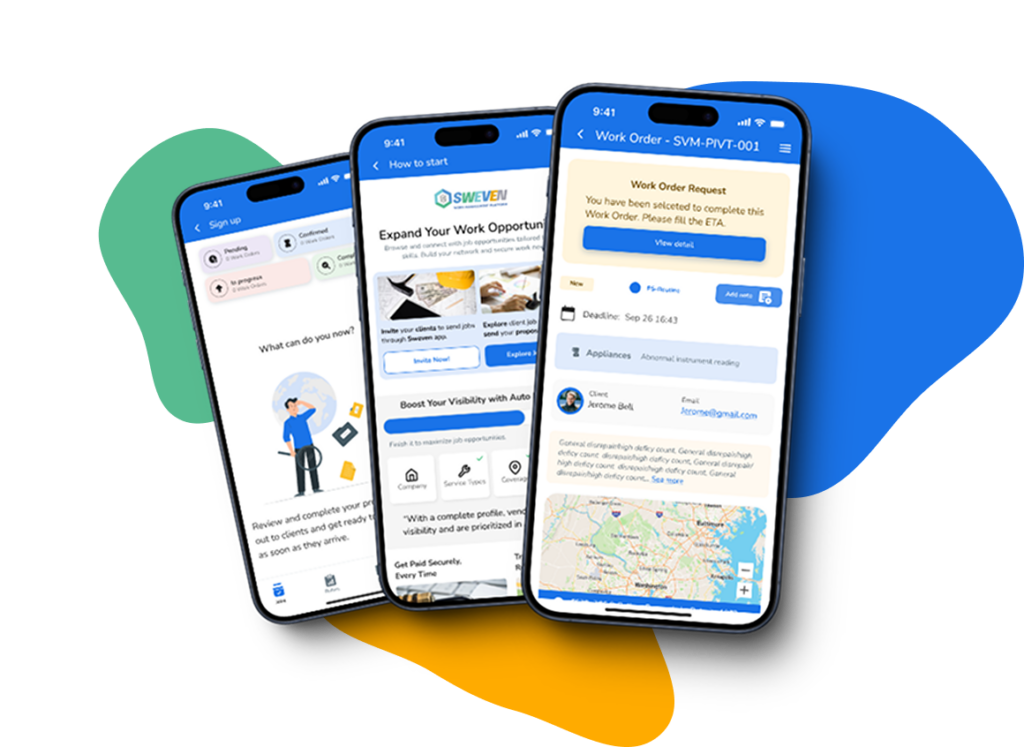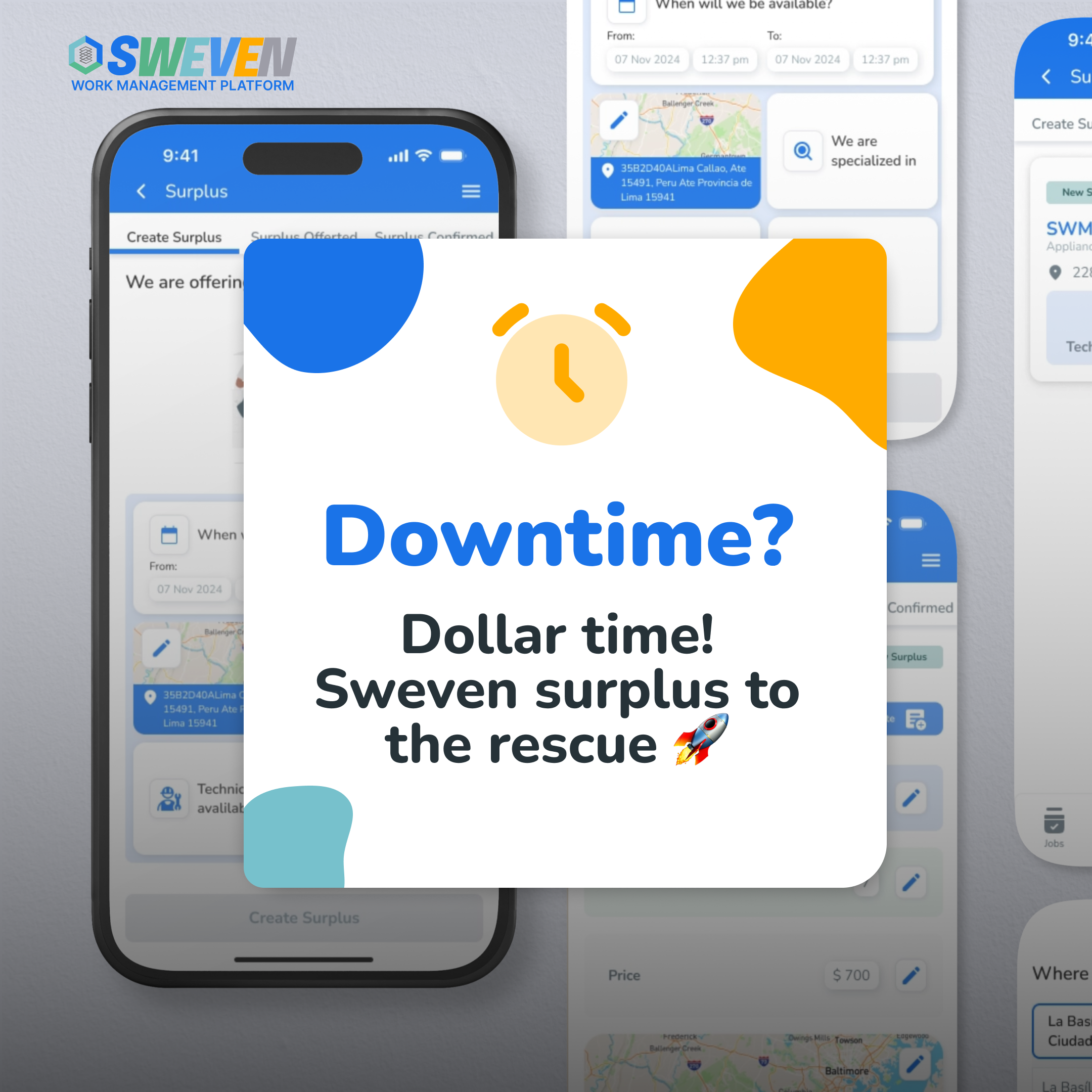Introduction

High maintenance costs and budget overruns are common pain points for many industries, particularly those heavily reliant on machinery and equipment. These financial challenges can strain resources, affect profitability, and disrupt business operations. This blog explores the root causes of high maintenance costs and budget overruns and presents preventive maintenance and cost-tracking tools as effective solutions.
The Problem: High Maintenance Costs and Budget Overruns
Maintenance costs can quickly escalate due to various factors, leading to budget overruns that can cripple financial planning and operations. Here are the main contributors to these issues:
1. Reactive Maintenance: When companies rely on reactive maintenance—addressing problems only after they occur—they often face higher repair costs. Emergency repairs are more expensive due to the need for expedited parts and labor.
2. Lack of Proper Scheduling: Without a structured maintenance schedule, equipment is more likely to break down unexpectedly. This leads to unplanned downtime and increased costs.
3. Inefficient Resource Allocation: Poor management of maintenance resources can result in unnecessary expenditures. This includes overstaffing, underutilizing skilled workers, and misallocating repair parts and tools.
4. Poor Inventory Management: Not keeping track of spare parts and materials can cause delays in repairs and increase costs due to last-minute purchases at premium prices.
5. Inadequate Budgeting: Without accurate tracking of maintenance expenses, it’s challenging to create realistic budgets. This often results in budget overruns when actual costs exceed projections.
The Solution: Preventive Maintenance and Cost-Tracking Tools

To tackle high maintenance costs and budget overruns, businesses can implement preventive maintenance and use cost-tracking tools. These strategies help manage and reduce maintenance expenses effectively. Here’s how:
Preventive Maintenance
Preventive maintenance (PM) involves regular, planned maintenance activities to prevent equipment failures before they happen. This proactive approach offers several benefits:
1. Scheduled Inspections and Repairs: PM schedules regular inspections and minor repairs, reducing the likelihood of major breakdowns. This planned approach ensures that maintenance activities are conducted during non-peak hours, minimizing disruption.
2. Extended Equipment Lifespan: Regular maintenance helps in maintaining equipment in optimal condition, thereby extending its operational life. This reduces the need for frequent replacements and lowers overall costs.
3. Reduced Emergency Repairs: By addressing issues before they escalate, PM reduces the frequency and cost of emergency repairs. This proactive approach is more cost-effective than reactive maintenance.
4. Improved Efficiency: Well-maintained equipment operates more efficiently, consuming less energy and resources, which translates to cost savings.
5. Enhanced Safety: Preventive maintenance ensures that equipment is safe to operate, reducing the risk of accidents and associated costs.
Cost-Tracking Tools
Cost-tracking tools help monitor and manage maintenance expenses more accurately. These tools offer the following advantages:
1. Detailed Expense Tracking: Cost-tracking tools provide detailed records of all maintenance-related expenses. This helps in identifying areas where costs can be reduced.
2. Budgeting and Forecasting: With accurate data on past expenses, businesses can create realistic budgets and forecasts for future maintenance costs. This helps in preventing budget overruns.
3. Resource Allocation: By tracking costs, companies can better allocate resources, ensuring that skilled workers and spare parts are used efficiently. This optimizes maintenance operations and reduces waste.
4. Inventory Management: Cost-tracking tools help maintain optimal inventory levels by tracking the usage of spare parts and materials. This prevents overstocking and understocking, both of which can increase costs.
5. Performance Analytics: These tools provide insights into the performance of maintenance activities. Businesses can analyze this data to identify trends, inefficiencies, and areas for improvement.
Implementing Preventive Maintenance and Cost-Tracking Tools
Successfully implementing preventive maintenance and cost-tracking tools requires a strategic approach:
1. Assessment and Planning: Evaluate your current maintenance practices and identify areas that need improvement. Develop a comprehensive plan for implementing preventive maintenance and cost-tracking tools.
2. Selecting the Right Tools: Choose preventive maintenance software and cost-tracking tools that suit your specific needs. Consider factors like ease of use, integration capabilities, and scalability.
3. Training and Development: Train your maintenance team and other relevant staff on how to use the new tools and follow preventive maintenance schedules. Continuous education ensures everyone is aligned with the new processes.
4. Data Integration: Ensure that the preventive maintenance system integrates seamlessly with existing systems like ERP and CMMS. This integration allows for smooth data flow and comprehensive tracking of maintenance activities.
5. Pilot Testing: Implement the new systems on a small scale to test their effectiveness. Use this pilot phase to gather feedback and make necessary adjustments.
6. Full-Scale Deployment: Once the pilot phase is successful, roll out the preventive maintenance and cost-tracking tools across all relevant assets and operations.
7. Continuous Monitoring and Improvement: Regularly review the performance of your maintenance activities and cost-tracking systems. Use the insights gained to make continuous improvements and stay updated with technological advancements.

Conclusion
High maintenance costs and budget overruns are significant challenges that can hinder business operations and profitability. By adopting preventive maintenance and cost-tracking tools, businesses can proactively manage and reduce maintenance expenses. These strategies ensure that equipment is well-maintained, resources are used efficiently, and budgets are adhered to, ultimately leading to smoother operations and enhanced financial health.
Call to Action
Are you ready to take control of your maintenance costs and prevent budget overruns? Contact us today to learn more about our preventive maintenance and cost-tracking solutions. Let us help you achieve greater efficiency and cost savings in your maintenance operations.















